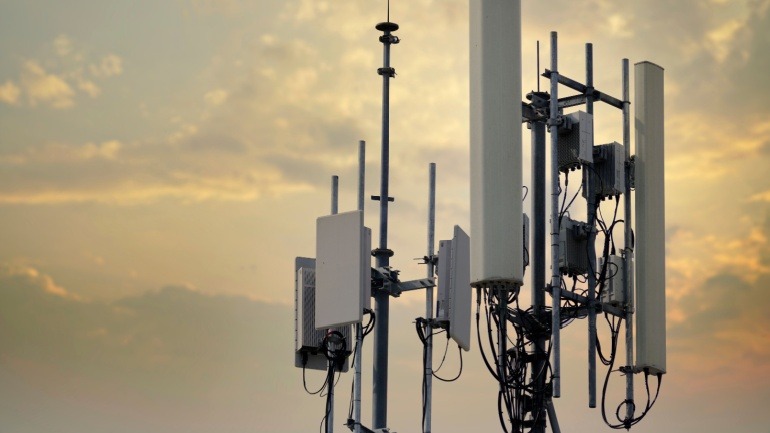Over the past few decades, technology has improved the overall standard of living for many people. These advancements affect an individuals ’ways of communication, learning and thinking, and help society to interact with each other on a daily basis. Altogether, technology plays an important role in the life of society. Without it, people would still live within their traditional geographical boundaries.
Technology has evolved incredibly quickly. Today, it’s hard to imagine life without technology, including the Internet, phones and computers. As these forms of communication become increasingly ubiquitous, it is important to examine their impact on people’s lives, well-being and relationships.
The positives
Communication technology has given people tools to not only keep in touch with each other, but also express their feelings and opinions to a broader audience than would otherwise have been possible. Such innovations have made life easier for many and provided resources and tools to lead an improved quality life.
In business, technology affects communications by making interactions easier, quicker and more efficient, such as allowing tracking of conversations and, as a result, providing better customer service. The ubiquity of technology and VoIP provides the opportunity for remote working, which brings many benefits to both the business and the worker. Giving people the flexibility to work from home or elsewhere increases satisfaction and productivity.
In addition, with the advent of online interactions in business, the world of e-commerce has exploded. The Digital Marketing Institute suggests that 75% of B2B business leaders use social media. These participants make good use of the opportunities offered by social media for decision making and to prospect for potential customers. This shows that digital communication has an immense impact on sales, business and the future of work in general. The number of smartphone users has increased to 3.8 billion users in 2021 according to Statista, and the latest figures show that there are 3.78 billion social media users worldwide. If a company wants to reach this audience and overshadow its competitor, digital communication channels are their best bet.
But communication is not just about interaction between two individuals or thousands of people. It’s also about brain-to-brain and heart-to-heart communication through a blog, a social media post, messaging and so on. We have more than one way to connect and interact with people. Today, you can say one thing in a thousand different ways, such as by using images, charts, symbols, drawings, videos and emails. I am communicating with you at the moment, and I hope you are learning something new.
The negatives
People live longer today than they ever have. They live happier lives, have more knowledge, more information. All this is the result of communications technology. How is any of that bad?
Tom Clancy, American novelist.
To answer that question, while there are some major benefits to living in a technology-filled world, there are also negative ways in which technology has changed our lives. Everything has both positive and negative effects, and the impact of technology on society’s communication process is a combination of both.
Technology can affect the quality of communication and not in a way you first might think. The extensive use of technical solutions in communication can lead to poor social skills, as the majority of communication today is accomplished through a keyboard or touch screen, so people tend to have a hard time understanding the basic components of simple conversation. Furthermore, according to ScienceDaily, communication technology improves visual skills but limits analysis and critical thinking abilities. Today, people don’t want to spend time thinking, analyzing and comparing; rather, they just want to read and understand quickly, which leads to people not developing their critical thinking skills.
One of the biggest advantages of the Internet is its anonymity, which gives people the ability to explore and communicate without giving away their personal information. Sadly, this can also cause people to behave entirely differently than they would behave in person. When the Internet turns a person into a faceless and nameless avatar, some users may have a hard time realizing that there is a real person on the other side of the screen, which can intensify hostility and exclusion. Young people are particularly prone to online hatred, with 43 percent of the younger generation experiencing online bullying, and 25 percent experiencing it more than once.
Furthermore, modern communications technology raises privacy concerns and is often used for spreading obscene content, says LiveScience. Internet connections may be insecure, and third parties might be able to read your emails, chats or even intercept instant messages. If someone is able to access a person’s account or app they use for communication, this hackery can get months or even years of information. Encryption can help protect a connection from eavesdroppers, but securing all social communication channels can be challenging.
At first glance, technology seems to create a global network that unites people. But in reality, it replaces communication in real life and may create social isolation.
The takeaway
So, do technologies have a positive or negative impact on society and communication? It’s not that easy to answer. Technology has transformed the way people communicate, connecting people in a real-time network around the world. However, technology has also changed communication in quite a few negative ways.
Technology has altered a once large and distant world into the palm of a human hand. Thanks to technology, we now have the ability to communicate with anyone from any place around the globe. But at the same time, there are negative aspects of technology that we should be aware of and continue to work to alleviate. In conclusion , we should all work towards using technological means of communication for sound purposes and do not abuse them for malicious motives.







